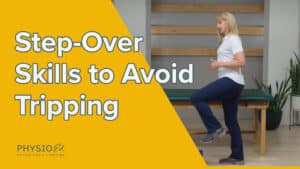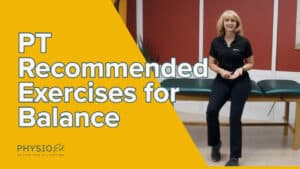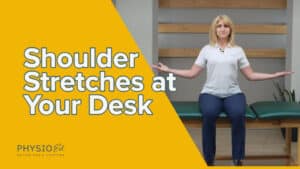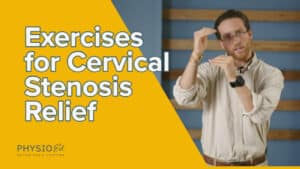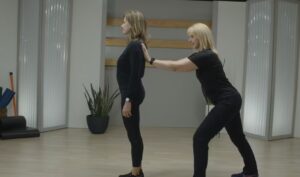In this educational video, Dr. Alex Goldenring discusses cervical stenosis, specifically the unilateral type. He explains that cervical stenosis occurs when the space between the vertebrae in the neck narrows, causing pressure on the peripheral nerve and leading to symptoms in the upper extremities. This condition primarily affects older adults due to degenerative processes in the neck. Dr. Goldenring introduces three concepts and exercises to help treat this condition:
Cervical Posture
As we age, our heads tend to come forward, putting more strain on the neck muscles. To improve cervical posture, perform a chin tuck exercise by gently pushing back the head, feeling a stretch in the back of the neck, and holding for 15-20 seconds.
Levator Scapulae Stretch
This exercise helps stretch the levator scap muscle, which can get irritated when the head is forward. Place one hand behind the back, and with the other hand, gently pull the head to the side and rotate downward. Hold the stretch for 30 seconds to a minute.
Cervical Traction
This exercise helps open up the space between the vertebrae to relieve pressure on the nerve. Using a towel or strap, place it around the neck near the mastoid processes. In a kneeling position, lean forward with elbows on a table and relax the head down. Push forward with the hands while sitting the bottom back towards the heels. Hold for 7-10 seconds and repeat for 3-5 minutes.
Dr. Goldenring encourages viewers to implement these exercises at home to manage nerve impingement in the neck and invites questions or comments below.
Equipment Used
Length of Class
Fitness Level
Stretching Strap
8 Minutes
Basic



